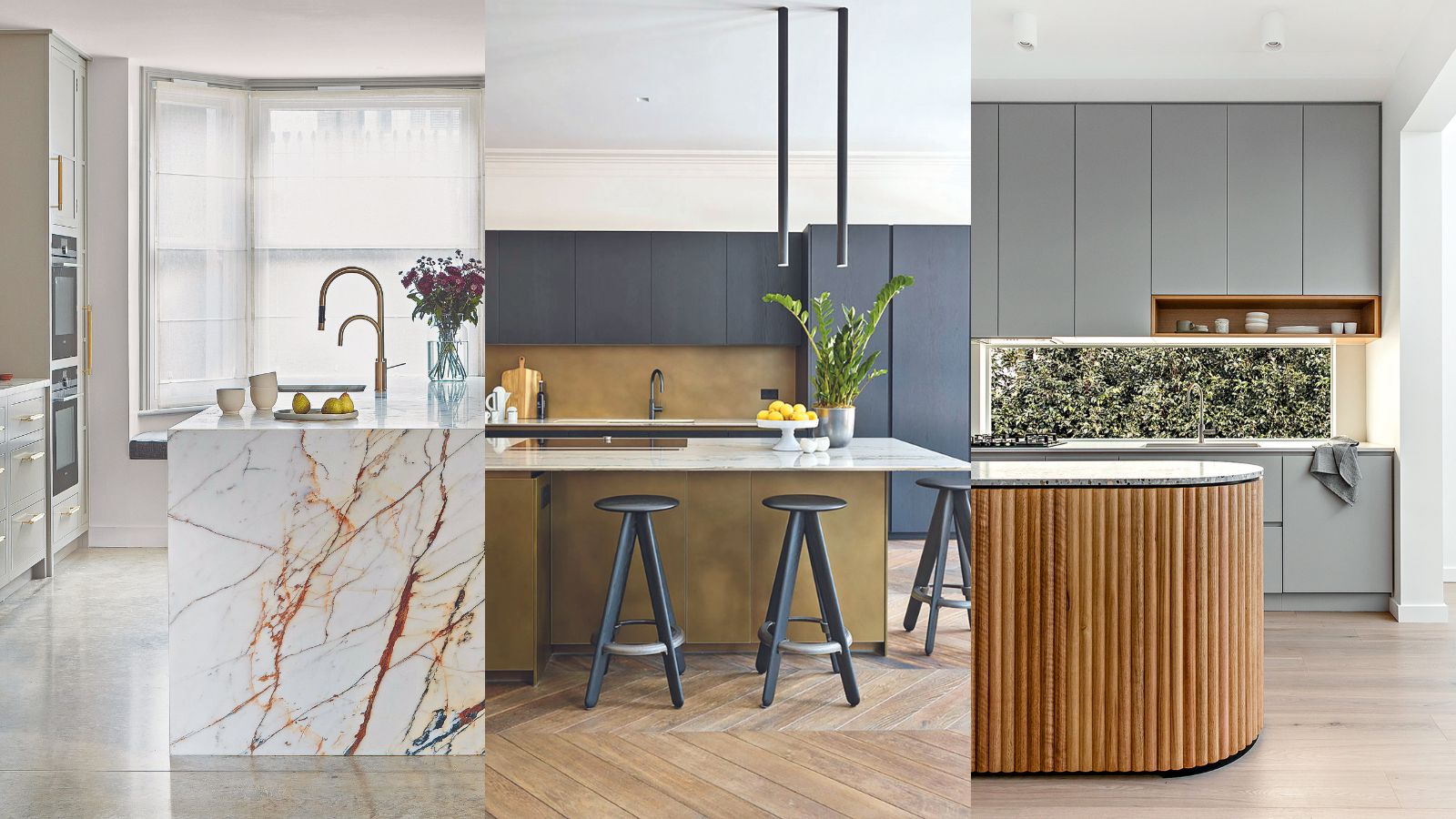
In modern kitchen designs, the kitchen island has emerged as a versatile and functional element, becoming a focal point that elevates both style and efficiency. Kitchen islands offer a myriad of benefits, from providing additional workspace and storage to serving as a social hub during gatherings. In this article, we will explore the significance of kitchen islands, their various designs, and how they can transform your kitchen into a more functional and aesthetically pleasing space.
The Evolution of Kitchen Islands
Kitchen islands have a rich history dating back to ancient civilizations. They have evolved from simple workstations to multifunctional structures. Initially, kitchen islands were basic tables used for meal preparation. However, as kitchen design evolved, islands integrated various features like sinks, cooktops, and storage, revolutionizing the way kitchens are utilized.
Enhancing Kitchen Functionality
The primary advantage of a kitchen island is the additional workspace it provides. By incorporating a countertop on the island, you can expand the preparation area, making it easier to handle multiple cooking tasks simultaneously. This newfound space is particularly useful for families who love to cook together or those who frequently entertain guests.
Maximizing Kitchen Storage
Another key benefit of a kitchen island is the opportunity to add extra storage. With carefully designed cabinets and drawers, you can keep essential kitchen items close at hand, reducing clutter on countertops and in other parts of the kitchen. Organizing utensils, pots, pans, and even pantry items within the island ensures easy access and a tidier kitchen.
Creating a Social Hub
In contemporary homes, the kitchen often serves as the heart of social gatherings. A well-designed kitchen island with seating options provides a perfect space for family members and guests to interact while meals are being prepared. This seamless integration of cooking and socializing fosters a warm and inviting atmosphere in the kitchen.
Aesthetics and Design Possibilities
Kitchen islands come in various shapes, sizes, and materials, offering endless design possibilities. From sleek and modern to rustic and traditional, the style of the island can be tailored to match your kitchen’s overall theme. Furthermore, the choice of countertop materials, such as granite, marble, or butcher block, adds a touch of elegance to the space.
FAQs:
Q1. Can I add a kitchen island to my small kitchen?
Absolutely! Kitchen islands can be customized to fit various kitchen sizes. For smaller kitchens, consider a compact island with smart storage solutions, such as pull-out drawers and shelves, to maximize space.
Q2. Can a kitchen island replace a dining table?
While a kitchen island with seating can serve as an informal dining area, it may not entirely replace a traditional dining table. It depends on your lifestyle and the available space. Many homeowners opt for both an island with seating and a separate dining table for more formal gatherings.
Q3. What are some popular kitchen island styles?
Some popular kitchen island styles include:
- Contemporary: Sleek and minimalist with clean lines and modern materials.
- Farmhouse: Rustic and cozy, often featuring reclaimed wood and vintage elements.
- Traditional: Classic and timeless, with elegant details and decorative features.
- Industrial: Utilitarian and edgy, incorporating metal and exposed hardware for a modern loft vibe.
Conclusion:
Kitchen islands have become an essential component of modern kitchen design, enhancing both functionality and aesthetics. From providing extra workspace and storage to fostering a social atmosphere, a well-designed kitchen island can transform your cooking space into a hub of activity. By carefully selecting the style, size, and features of your kitchen island, you can create a visually appealing and highly functional kitchen that meets the needs of your family and enhances the overall value of your home.

